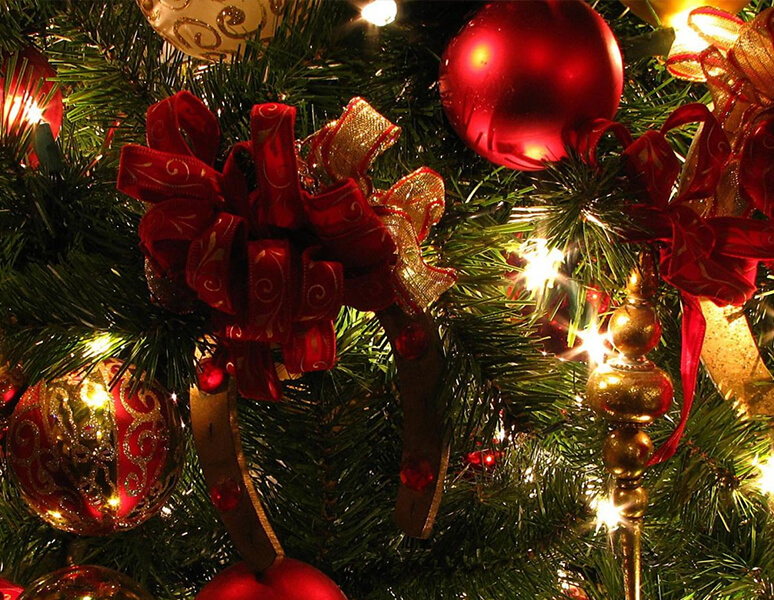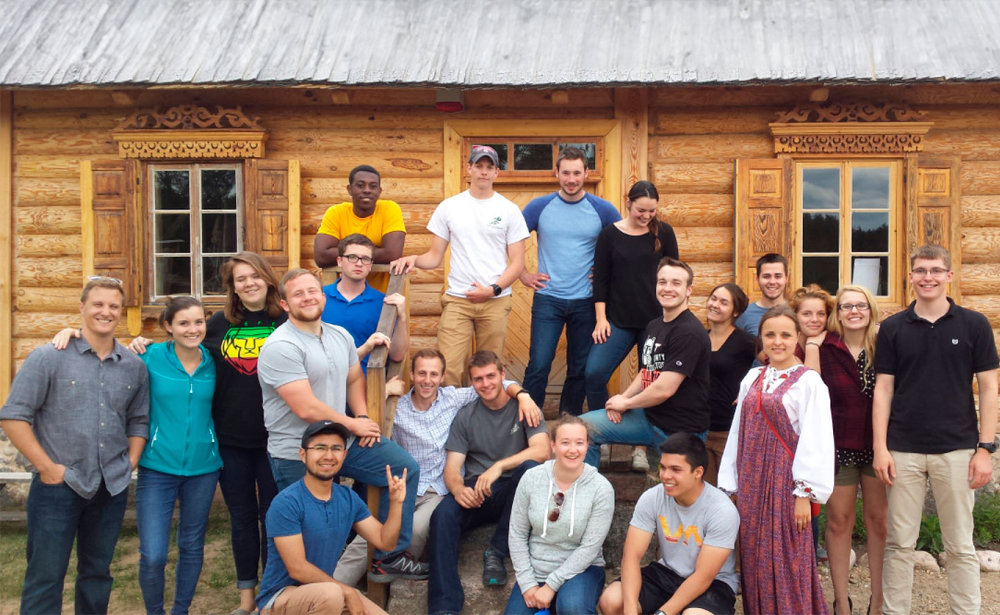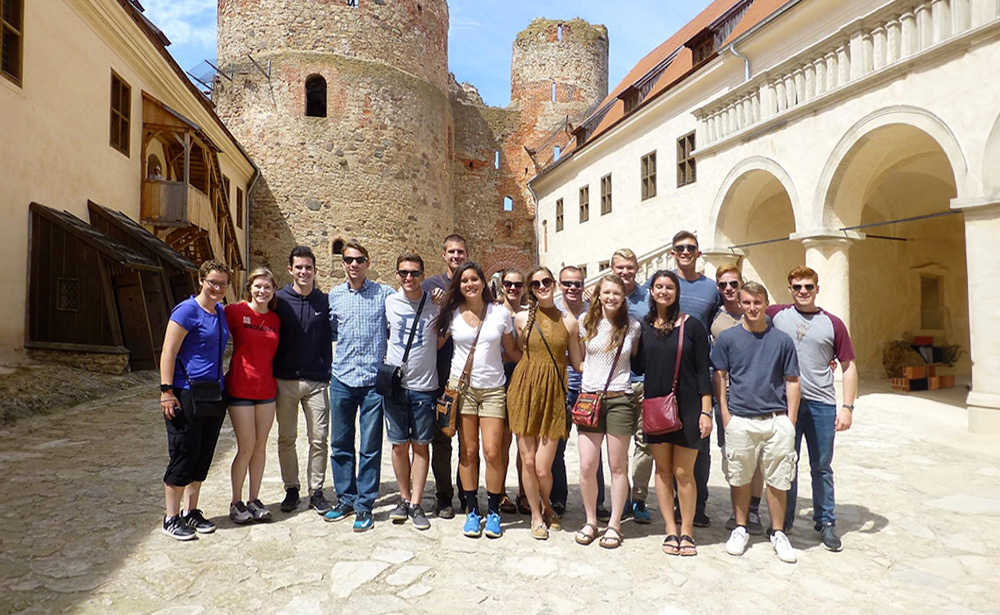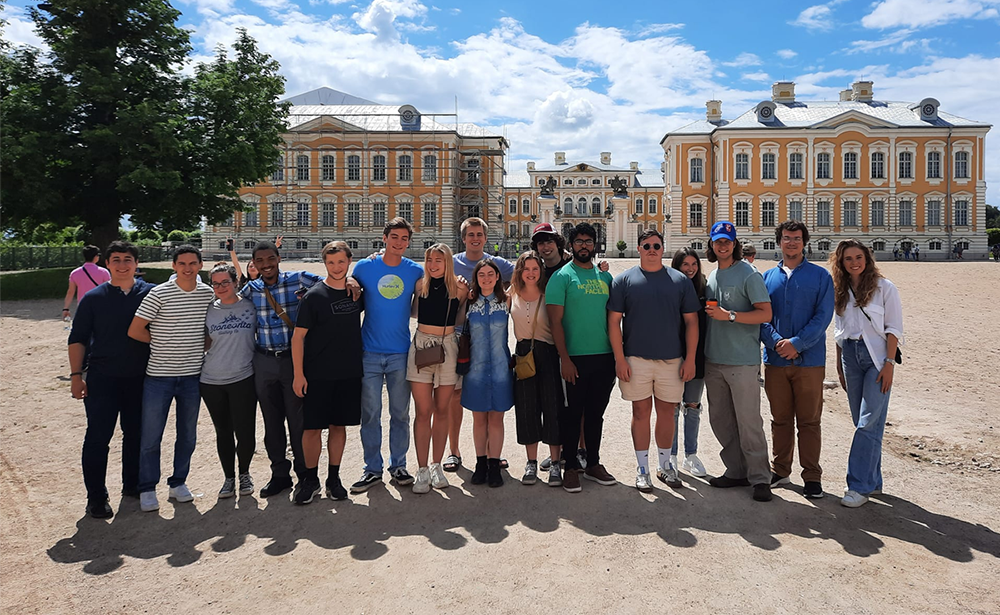Old New Year
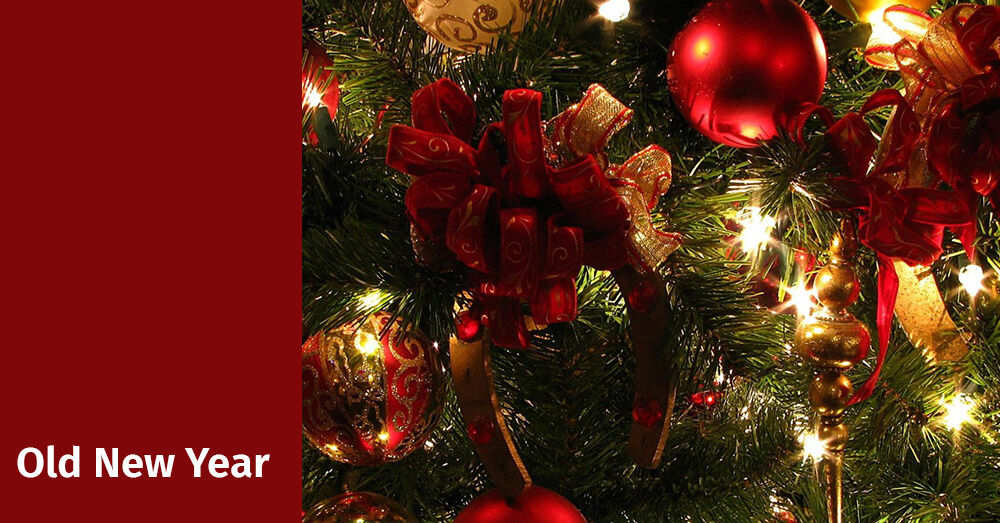
In Russia, people celebrate the New Year most heartily: the festive mood is felt around for a few more weeks as on January 13-14 the whole country celebrates the Old New Year. In this article we’re going to tell you about the origins of this holiday in Russia.
When did the tradition of celebrating the Old New Year appear?
The tradition of celebrating the Old New year began in February 1918, after Tsarist Russia introduced a new chronology to comply with other cultural nations. Originally, Russia used to live according to the Julian calendar, but then the Bolsheviks transferred the country to the Gregorian calendar. The Russian Church did not approve of the transition to the Gregorian calendar, and until now it uses the Julian calendar. That is why Christmas in Russia is celebrated on January 7 and during the New Year holidays Russian believers have a strict Christmas fast.
Today, the Old New Year is celebrated in many countries, such as the former USSR countries, Montenegro, Serbia, Switzerland, Algeria, Morocco, Tunisia, and Japan.
Holiday traditions
Before Russia introduced the celebration of the Old New year, according to the old Russian calendar on this day people celebrated Vasily’s Day – a holiday of farming or as it was called “a generous evening”, when people showed their generosity everywhere, especially in food. Traditionally, for dinner, hostesses cooked wheat porridge with meat or bacon, baked pancakes, and pies. People sat together with their neighbors at the festive table. People also cooked dishes from pork, as Vasily was considered the patron Saint of pig farmers. The legend has it, that the ones whose table is the richest, will be have good luck all year.
Alongside with the Old New Year tradition, there appeared a tradition of making dumplings with a “surprise”. During the day, the whole family were preparing dough and filling, a then they all together made dumplings. Anything could be a “surprise”. It was believed that a bean in the dumpling meant the addition of the family, pepper meant a thrill. A dumpling with sugar meant “sweet life”, and a coin – wealth and prosperity. A dumpling with dill would bring health, and a thread would take you on a trip. People used any type of filling, but they should warn their guests in advance about that.

The Old New Year’s Superstitions
“What you do the first hour of the New Year will be what you do most of the year”. This saying also refers to the celebration of the Old New Year. Therefore, during the night on January the 13the and the 14th, people should wear nice clothes, eat good food and be in a good mood. It was believed that if the first person who enters your house is from a large family, your life with be wealthy.
People also paid attention to the weather signs on this day, as they predicted the events of the year. For example, if there was a south wind blowing, the year would be hot and good, if the wind was from the west, there would be lots of milk and fish. A clear starry sky was an omen of good harvest of berries.
What is not recommended to do at the Old New Year?
- On this day, you shouldn’t lend or borrow any money. Otherwise, you would spend the whole year lending or borrowing.
- Women shouldn’t spend Old New Year only with other women, otherwise their year would be miserable and lonely.
- It’s not a good idea to clean your house on this day, as you can throw away your luck with the rubbish. It’s better to clean your home before the Old New Year.
Every year, the Old New year is getting more and more popular, as this holiday allows us to extend the emotions of the New Year. However, it is calmer, and it doesn’t have all the bustle which is an inevitable attribute in the preparation for the New year.
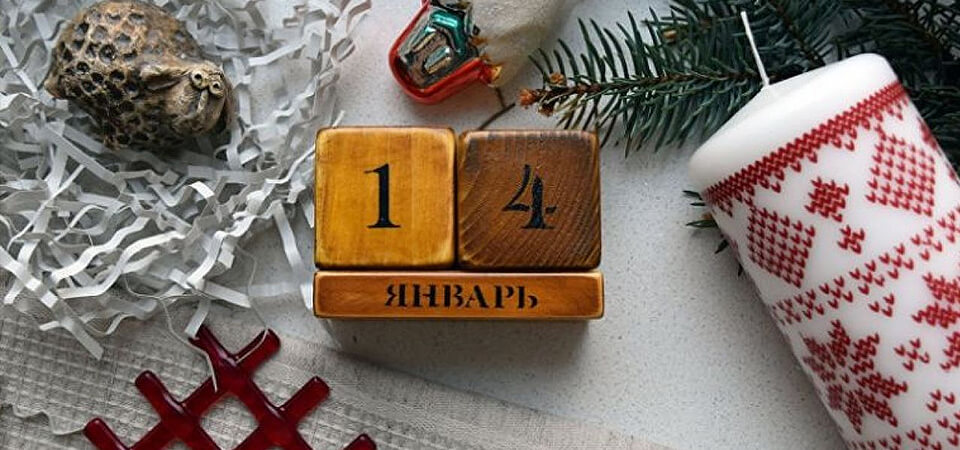
You may be interested

Why do people speak Russian in Daugavpils?
As it seems to us, Daugavpils is the best place to learn Russian now, because our city is situated in the EU and NATO, but at the same time 90% of the city’s population speak Russian at home.

ЭТЮД О ДВИНСКЕ
Etude on Dvinsk by F.Fedorov
The Baltic region is one of the most catastrophe prone regions of the 2nd millennium, especially its second part; it is the centre of attraction of ‘geopolitical’ interests of the European world. Probably the most tragic fate has befallen to the eastern part of the present Latvia and its multi-titled town of Dinaburg – Dvinsk – Daugavpils. During its 730 years long history, the town went through five rather autonomous periods of development, five different lives (German, Polish, Russian, Latvian, Soviet), and at the beginning of the 1990s it entered into the 6th period.
The history of Dinaburg – Dvinsk – Daugavpils is the history of five attempts by the town to begin its life anew; and this is determined not only by the fact that the town was four times burned down and had to start life from scratch, but first and foremost because each of these periods was characterized by a total change of ethnos and the socio-cultural field.
The present article deals with the cultural space of the town in one of the most efficient periods of its development – from the 1860s till World War I.


